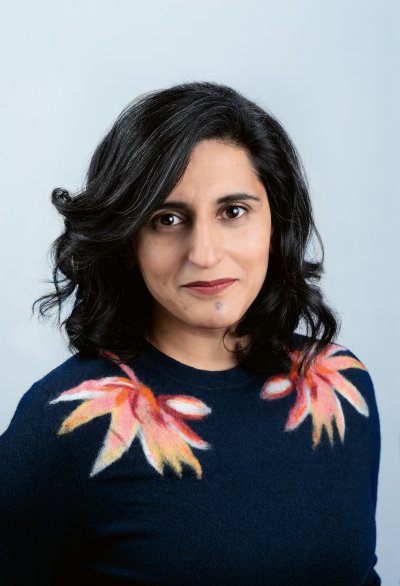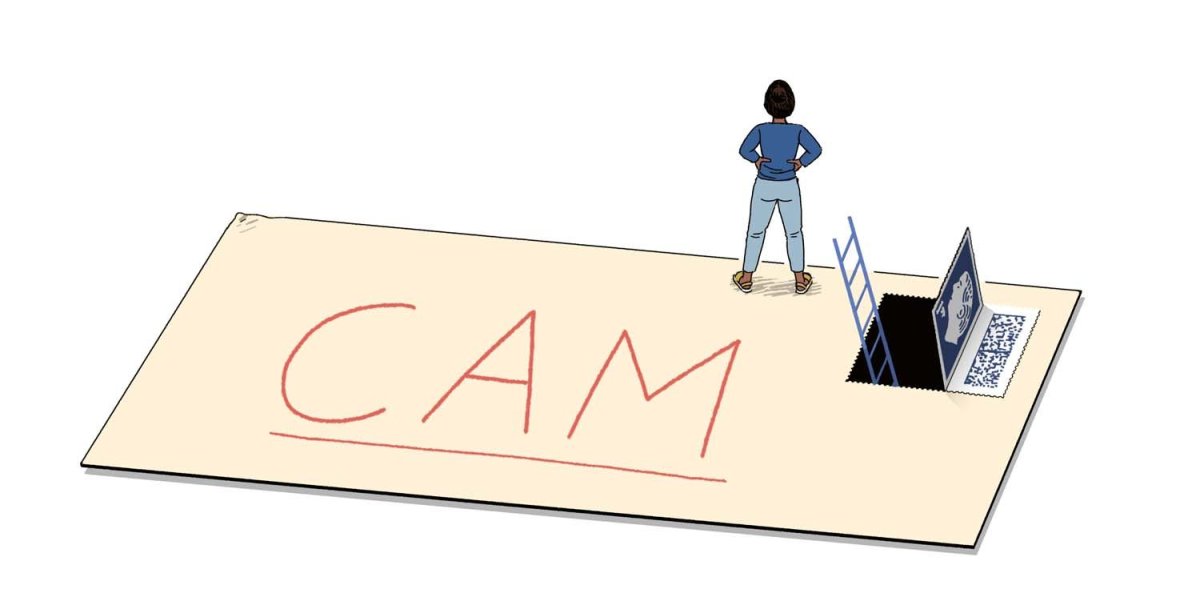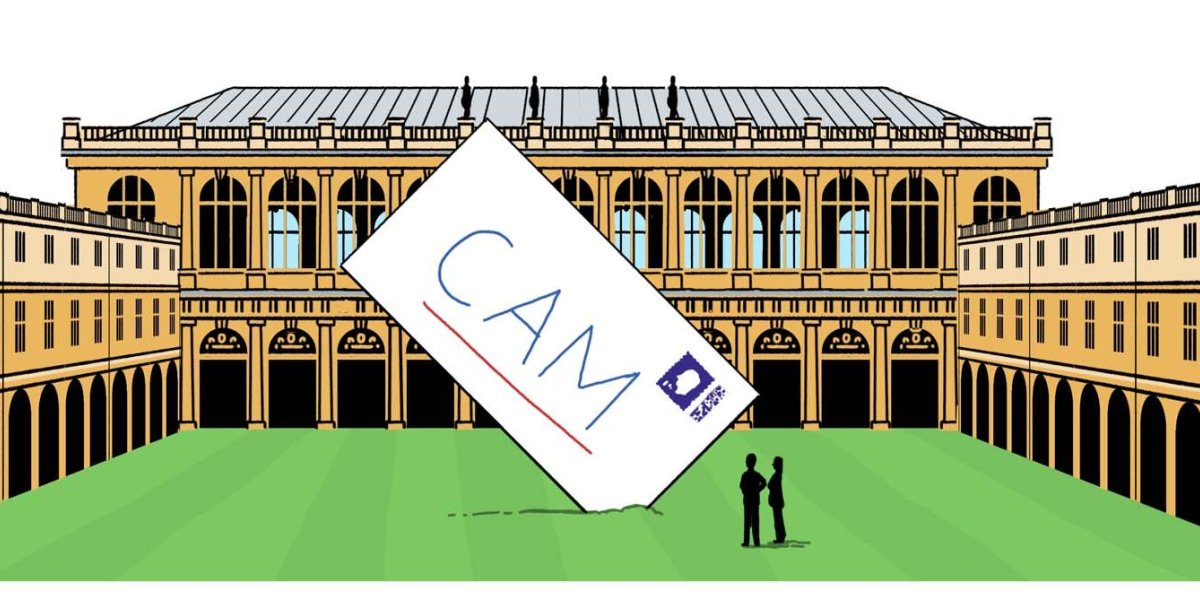Editor's letter and inbox
Welcome to the Lent edition of CAM
Cambridge has been teaching History for 300 years. In that time, historians have changed their minds on everything from what the Romans did for us to how dark the Dark Ages really were. But far from coming to a settled position, History in 2025 is more hotly contested than it has ever been. We find out why on page 24.

Meanwhile, there’s no question that photosynthesis is one of the most incredible chemical reactions on Earth – but what if we could tap into the energy conversion and use it to create a plant solar panel? We speak to the scientists who reckon that one day plants could power the planet. We find out whether the UK needs a written Constitution. Finally, whether published in The Mays, on stage at the ADC or entered for one of the many College prizes, student writing in Cambridge remains a dynamic force. On these topics – and on all things Cambridge – we look forward to your contribution to the debate, online at magazine.alumni.cam.ac.uk, by post and email or on social media.
Mira Katbamna
(Caius 1995)
Letters
My room, your room
What a great interview (My room your room, Miriam Margolyes, CAM 103). During my time with the Newnham Development Office, every single visit or email from ‘MM’ was an utter delight – so full of energy and mischief.
- Joanna Cooney
I would have loved to have Miriam visit me in my College room! (Different Colleges but...) I have always enjoyed this feature – the finest regular section of the magazine to me.
- Christopher Rourke (Wolfson 1998)
I enjoy reading CAM and find it very stimulating. However, one brief comment: I was dismayed to see the language from Miriam Margolyes. Is it really necessary to include the ‘F’ word in a publication aimed at alumni of such a fine and prestigious university? Being a ‘national treasure’ should not bestow the right to use foul language in every setting.
- John Westwood (Clare 1974)
Miriam Margolyes’ memories of Newnham – “We would gather, put on the fire and make cocoa...” – reminded me of my mother’s memories (Morwenna Lyne, Newnham 1927). As I remember, cocoa had a special place in her memories. It is the quality of the talk and the feeling of communion, when everything was new and exciting and to be explored, that one remembers – though in my case, it was instant coffee, not cocoa!
- Nicholas Bielby (Downing 1958)
Dementia
Glad to receive latest issue of CAM. The article featuring Professor Carol Brayne concerning dementia (Good memories: a life dedicated to the mind, CAM 102) is of particular interest. The opening statement of the final paragraph says: “We know how to reduce the probability of developing dementia over the life course...”, but nothing is cited. Perhaps the next issue will.
- Paul W (St John’s 1961)
The Whipple
The article on the blue plaque commemorating the discovery of DNA (Museo, CAM 103) reminded me that I was, and still am, a member of that “posse of Rosalind Franklin fans” – though, as you can see, not one of the anonymous ones referred to. I was therefore delighted to read of the recent succession of “adjustments” to the blue plaque outside The Eagle. As an undergraduate reading Natural Sciences – which included X-ray diffraction photography and analysis at the Cavendish – I met Jim Watson through my school friend Robin Holliday (Emmanuel 1952). Watson and Crick’s first stab at interpreting the molecular structure of DNA from their Cavendish photographs had concluded that it was a single helix, but it was common knowledge in Cambridge that Rosalind had come up from London for the day to show them why that was wrong. Watson always acknowledged that her now famous X-ray photograph sent to him and Crick without her knowledge by Maurice Wilkins was the crucial evidence that eventually enabled them to identify the structure as a double helix. Nevertheless neither he nor Crick made any reference to her in their Nobel prize acceptance speeches, after Franklin had died from ovarian cancer; Wilkins did but even his was a somewhat indifferent comment on her contribution. Although Watson did not mention her in his speech, he did say that he had suggested to the Karolinska Institute that they should consider making an exception to the rule in her case that Nobel Prizes are not awarded posthumously. He also gave her full credit in his book The Double Helix published in the US in 1968.
- Seymour Redstone (Downing 1953)
Neurodiversity
While I was enjoying a moment of peace reading the latest issue CAM, the theme of neurodiversity came foremost to my mind. Not only is it currently a ‘hot topic’, there are arguably a lot of people at Cambridge who show traits of being neurodiverse, or perhaps neuro-extraordinary – who wants to be typical anyway? I have a particular interest in the subject since my children were diagnosed with ADHD in lockdown, and as part of the process so were my wife and I. My diagnosis was missed due to being an academic high achiever, but I’ve been musing on a couple of things related to the Cambridge experience. Firstly, Cambridge seems uniquely well set up for ADHD people – its high stimulation environment, the collegiate system giving strong social connections, offloading of mundane tasks and crossdisciplinary interaction, and the supervision system offering high accountability tailored learning. And secondly, there seems plenty of anecdotal evidence of neurodiversity – particularly ADHD and autism – being associated with high performance, but not so much published research? I’d be interested to hear if others have a view?
- Tim (Downing 1960)
Write to us
We are always delighted to receive your emails, letters, posts and comments:
- Email – cameditor@alumni.cam.ac.uk
- By post – CAM, University of Cambridge, 1 Quayside, Bridge Street, Cambridge CB5 8AB
- Facebook – facebook.com/cambridgealumni
- LinkedIn – linkedin.com/school/university-of-cambridge
Letters may be edited for length. Please mark your email: ‘For publication’.
 CAM
CAM

